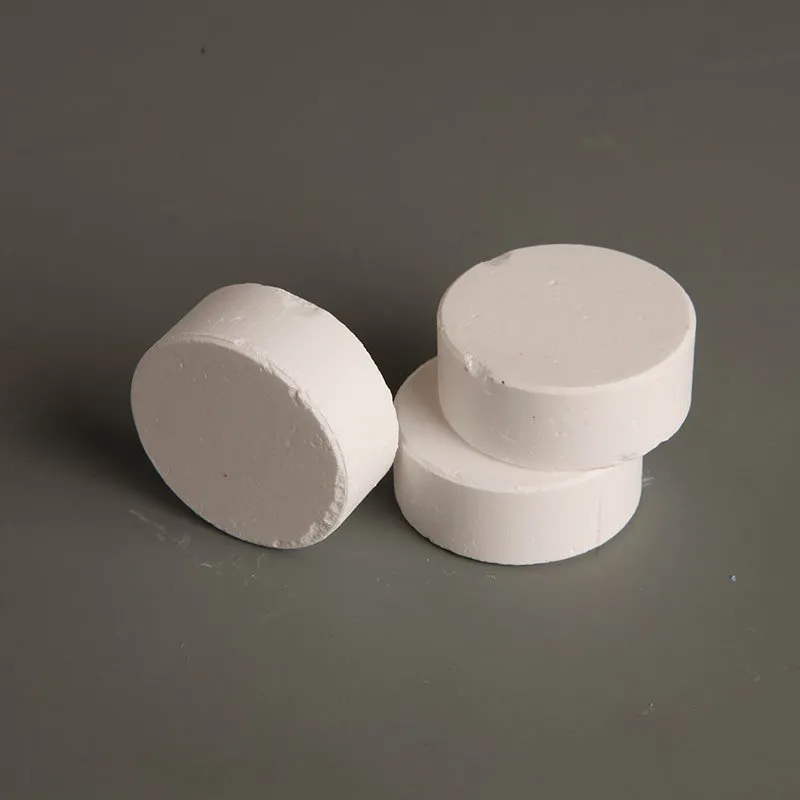



Understanding the Cupellation Method for Metal Separation and Purification
The Cupellation Process An Overview of Its Historical and Modern Significance
Cupellation is a refining process historically employed to separate precious metals, such as gold and silver, from their ores, as well as from other materials. This ancient metallurgical technique has roots that trace back thousands of years and has evolved throughout history to meet the demands of changed technological landscapes and material necessities. Its foundational role in metallurgy and mining highlights both the ingenuity of early humans and the ongoing relevance of metallurgical techniques in modern applications.
At its core, cupellation involves the heating of ores in a furnace to extract metal while oxidizing unwanted impurities, primarily lead and other base metals. The process begins with crushing the ore and mixing it with fluxes—substances that promote melting and facilitate the purification of the metal. The mixture is then placed in a cupel, a porous container that allows for the escape of non-metallic waste products as the mixture is heated to high temperatures.
During the heating phase, the ore melts, and the lead oxidizes. This oxidation process is crucial, as the lead forms a slag that absorbs impurities and separates from the molten precious metal. The precious metal, now in a purified state, settles at the bottom of the cupel, while the slag is removed. The successful separation of the metal from its impurities is essential, as it results in a higher purity of the final product, making it ready for casting or further refinement.
Historically, cupellation was an important part of the gold and silver extraction processes utilized by ancient civilizations. The practice was prevalent among the Greeks, Romans, and various societies of the Middle Ages. In particular, the refining of silver was critical during the silver boom of the Spanish Empire, which relied on the rich deposits found in the Americas. As techniques improved, the use of cupellation expanded, solidifying its importance in the broader context of metallurgy.
cupellation process

One noteworthy aspect of cupellation is its role in alchemy and the pursuit of transmutation, where practitioners believed they could transform base metals into gold. This pursuit laid the groundwork for modern chemistry and metallurgy, illustrating how ancient practices evolved into contemporary knowledge systems. Alchemists were often the first to document the processes involved in crucible and cupellation techniques, bridging a connection between mysticism and scientific inquiry.
In modern times, the cupellation process has seen advancements in terms of technology and efficiency
. Today, it is primarily used in the production of precious metals and in assays, where it serves as a standardized method for determining the content of gold and silver in various samples. The application of refined techniques, such as microwave-assisted cupellation, allows for quicker and more efficient metal recovery while minimizing the environmental impact associated with traditional methods.Moreover, cupellation has implications beyond precious metal extraction. It also plays a role in recycling efforts, particularly in recovering metals from electronic waste. As the world grapples with the challenges posed by e-waste, cupellation techniques offer a promising avenue for recovering valuable materials, thereby contributing to sustainable practices in metallurgy.
In conclusion, the cupellation process is a significant aspect of both historical and contemporary metallurgy. It represents an enduring legacy of human ingenuity in extracting valuable resources from the earth. From ancient alchemy to modern recycling, cupellation continues to play a crucial role in refining precious metals and offers valuable insights into the ongoing evolution of metallurgical practices. As technological advancements continue to shape the field, the principles underlying cupellation remain relevant, highlighting the intricate relationship between science and resource management in our pursuit of sustainability.
-
Why Sodium Persulfate Is Everywhere NowNewsJul.07,2025
-
Why Polyacrylamide Is in High DemandNewsJul.07,2025
-
Understanding Paint Chemicals and Their ApplicationsNewsJul.07,2025
-
Smart Use Of Mining ChemicalsNewsJul.07,2025
-
Practical Uses of Potassium MonopersulfateNewsJul.07,2025
-
Agrochemicals In Real FarmingNewsJul.07,2025
-
Sodium Chlorite Hot UsesNewsJul.01,2025










